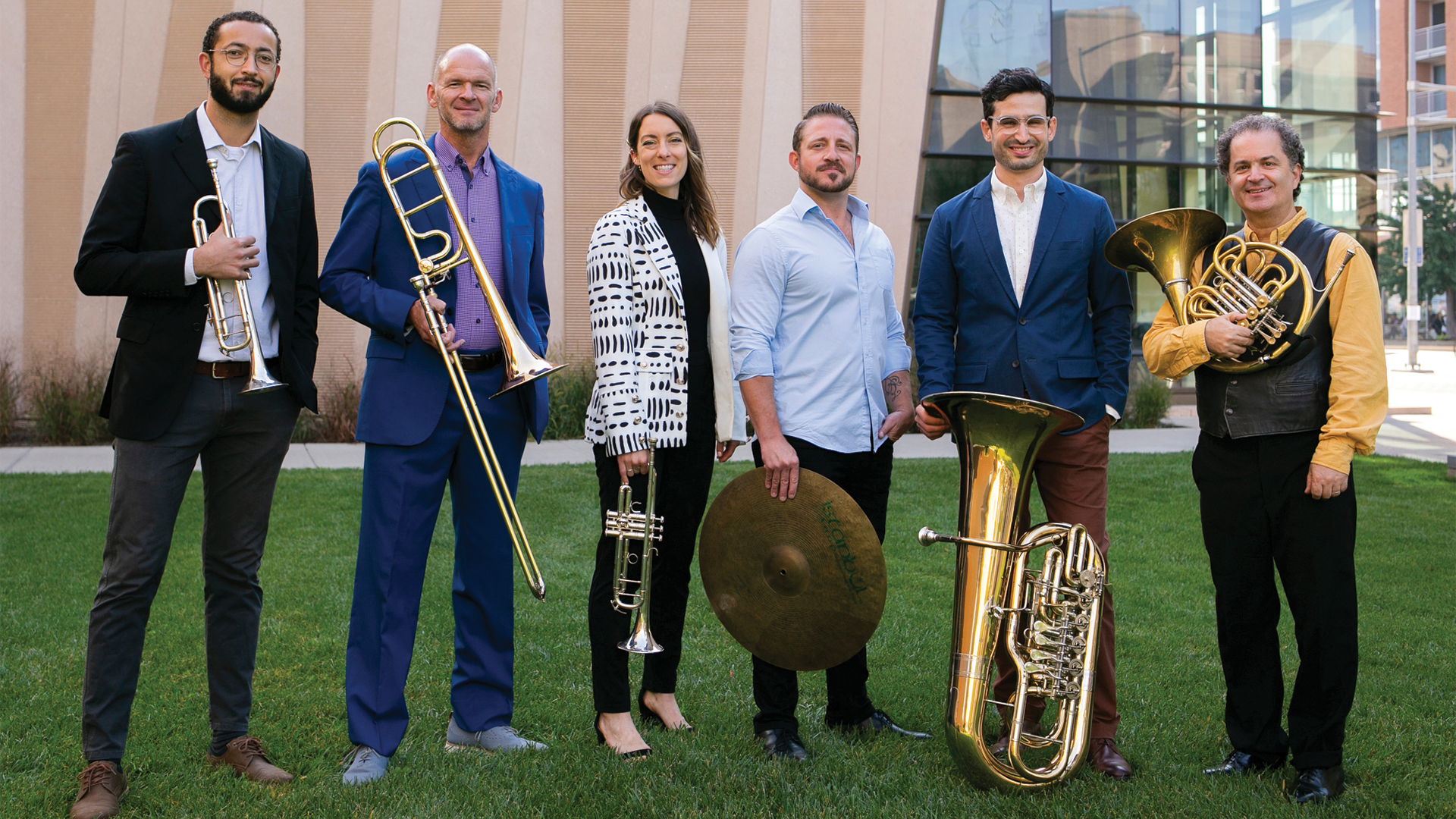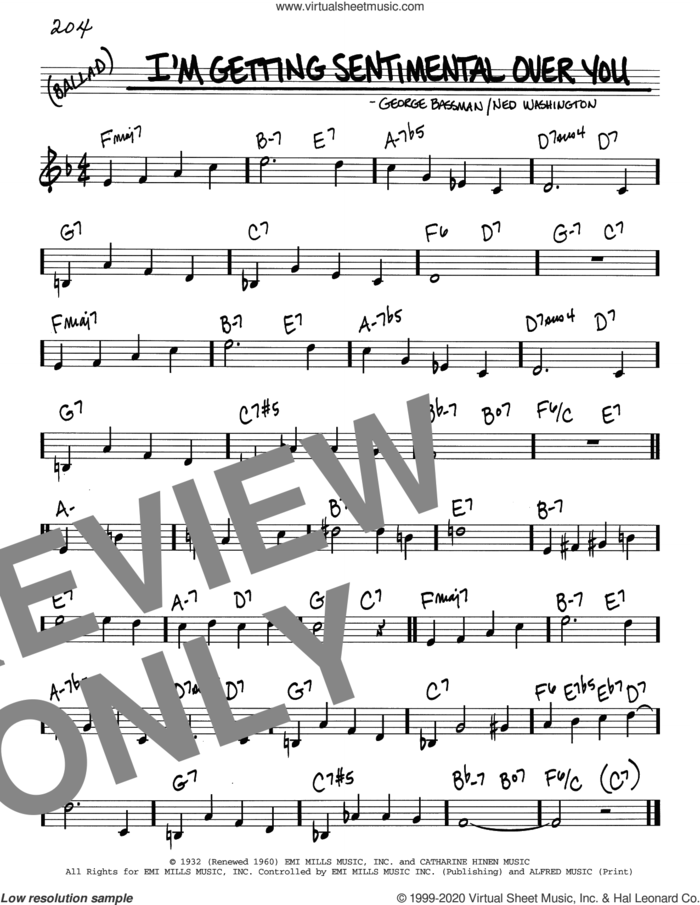
B-flat 5), and was even more amazing to me than the F below that I had found so astounding just a couple of years earlier.

The last note in the first part is what we sometimes call “double-B-flat” (i.e. Just in the first track there are eight trombonists with rhythm section, playing complicated lines and tight harmonies, along with great solos and one particularly neat spot with bass trombone and string bass playing right along in unison. I didn’t even know what I didn’t know! Hearing “real” solos from Urbie Green, Conrad Herwig, Bill Watrous, John Fedchock, Steve Turre, Michael Davis, and others really blew my mind, and even more so when I realized that these people were improvising their solos!įinally, the ensemble writing here is great. I recall as an incoming college student thinking that I knew something about jazz improvisation because I didn’t play the written-out solos in my high school jazz band music exactly as written.
Getting sentimental over you brass quintet sheet music professional#
Now having lived in this professional world for a couple of decades, I *know* this is an all-star cast, and that made this recording very special.

Trombonists will recognize most or all names on this list:Īt age 18 I believed this was an “all-star cast” because the advertising for the recording said so, and they all sounded great to me. The trombonists on this recording were then and, for the most part, remain today in the first rank of trombonists in New York and elsewhere. The first of these is the personnel list. There were three aspects of this recording that were particularly eye-opening for me. All are worth listening to, and all hold up well 23 years after release. Having been familiar with Davis’s work for a number of years now, I usually use the word “commercial” to classify it rather than “jazz.” Even on this recording, some of the pieces could rightly be called jazz, others in a more contemporary/popular style. Davis’s company, Hip-Bone Music (do you see what he did there?) was then still quite new, and has become in the past 20+ years a leading publisher of educational materials, performance repertoire, and recordings for trombone and low brass. 1961), an active New York City freelancer and sideman for groups like the Rolling Stones. The mastermind behind Absolute Trombone was Michael Davis (b. As had been the case with Romantic Trombone Concertos a couple of years earlier, my understanding of trombone music and its possibilities was expanded once again. While I had by this time purchased a number of “classical” trombone recordings, this was the first jazz/commercial trombone album I owned. In the first issue I received there was an advertisement for a new recording called Absolute Trombone, and for whatever reason it caught my eye, so I ordered a copy. The ITA Journal is published in print and (now) online every quarter, and besides interesting print articles, news, and music and recording reviews, there are a number of advertisements. Even as an 18-year-old college freshman I had a keen sense that my real professional life was beginning, and that joining relevant professional organizations was part of that. Joining the International Trombone Association and receiving its quarterly journal was the third of these important happenings. It is amazing to think of how little time passed between my first introduction to trombone recordings and my having many of the newest recordings for my instrument pass across my desk. I would later succeed him in that editorial position and have now served in that role for nearly 17 years. As the then-assistant editor for recording reviews of the International Trombone Association Journal, he also knew a lot about the recorded repertoire for low brass.

He introduced me to more pieces of music and places to order them. Ed Bahr, who would become my trombone and euphonium professor at Delta State University a little later. The second occurrence was the beginning of correspondence-again, through the mail-with Dr. E-commerce, after all, was still in a very nascent state, and I didn’t have a credit card as a high school student, anyway. I am fairly sure that this is how I obtained my first catalogs for ordering sheet music and recordings through the mail.

I first recall having internet access at school during my junior year of high school and used it to find anything and everything related to brass playing generally and the trombone in particular. The first of these was that internet access was becoming more common. A few things happened not long after that which gave me even “bigger ears,” as they say. In my last post I discussed how listening to a borrowed copy of Romantic Trombone Concertos began to open my eyes to a bigger world of repertoire and possibilities for the trombone.


 0 kommentar(er)
0 kommentar(er)
